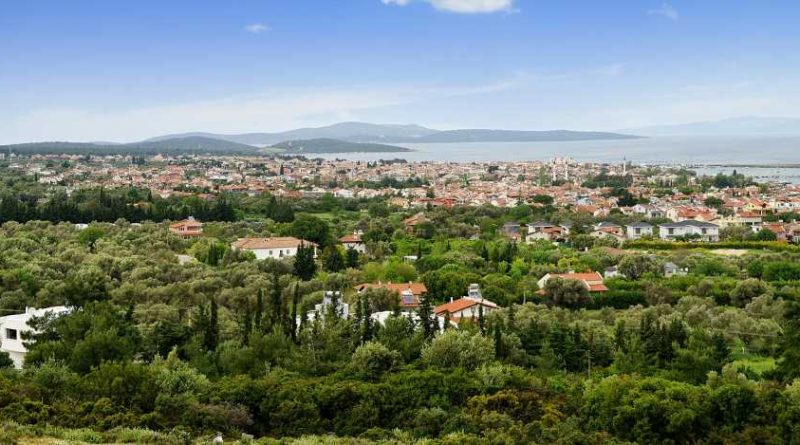Researchers in Turkey Unearthed a 2,500-year-old Temple Dedicated to Aphrodite in Turkey
Turkish archaeologists unearthed what they believe to be a 2,500-year-old temple of Aphrodite, the Greek goddess of love and beauty, in the Urla-Cesme peninsula of western Turkey. According to The Greek Reporter, pieces of the temple, located outside the city of Izmir, were first discovered in 2016 while archaeologists were working on a search of the province.
"During our screening of the surface, we detected the Aphrodite temple from the sixth century B.C. Aphrodite was a commonly worshiped figure back then. It is a fascinating and impressive discovery," Professor Elif Koparal from Mimar Sinan University shared with the Andalou News Agency. He added, the team found a number of artifacts, including 35 prehistoric settlements. "It is a rural temple. Aphrodite was a very common cult at that time," Koparal said. "The finds that we have indicate that there is the Temple of Aphrodite in this region." Those finds, Koparal further explained, included a piece of a statue of a woman on the floor, as well as a terracotta female head figure, which helped them deduce that it was likely a temple in honor of the goddess.
"As we scanned the epigraphic publications, we understood that it was most likely the Temple of Aphrodite. There is also an inscription around the temple. It sets the border with the statement, 'This is the sacred area,'" Koparal said.
As for how the Greek goddess found herself a temple in Turkey, Ancient Origins explained that Greek settlers likely moved into the area around 8,000 B.C. And, because of the town's "proximity to the sea, the region now occupied by Izmir province would have been seen as an ideal spot to rebuild by Greek ex-patriots, and the discovery of the Temple of Aphrodite from the sixth century BC suggests that fleeing Greeks did indeed settle in this area in significant numbers."
According to the Hurriyet, the researchers also found and documented artifacts that help tell the tale of the people who lived around the temple and in the region dating back to 6,000 B.C. The team found burial mounds as well as caves used as sacred sites. According to Koparal, his team is now working with the local population to ensure they can preserve their findings and protect them against both urban development and the very real threat of treasure hunters who may come to see what they can unearth too.
Stacey Leasca is a journalist, photographer, and media professor. Send tips and follow her on Instagram now.
Source: Read Full Article




